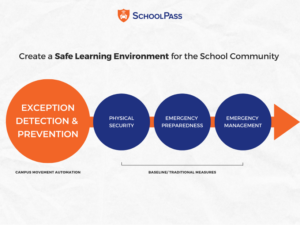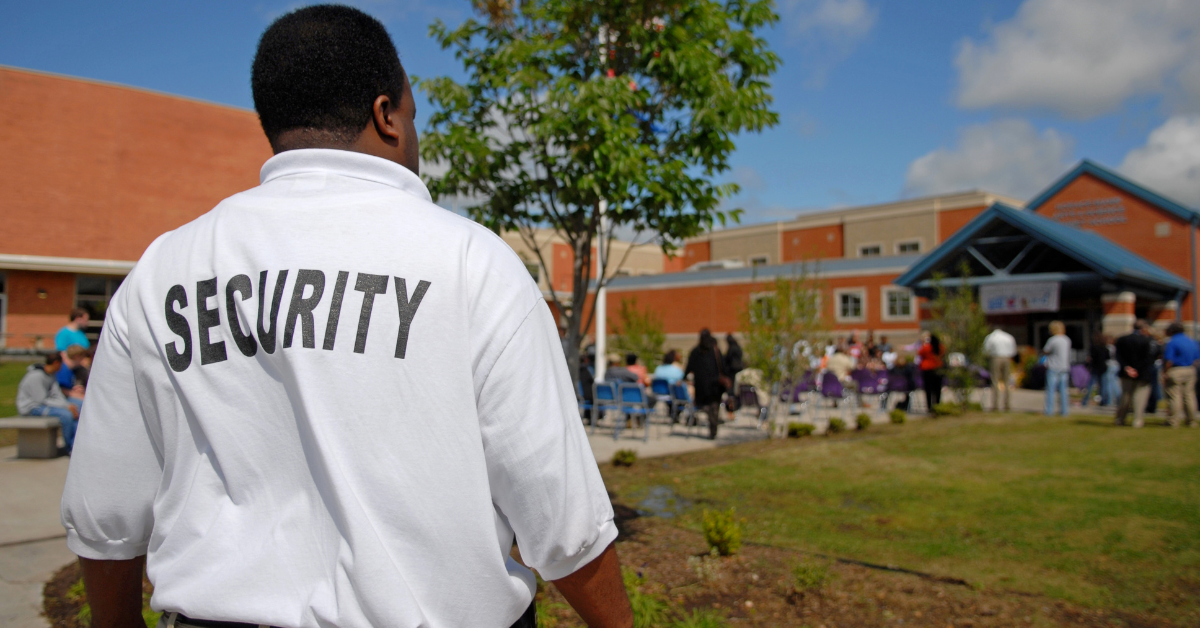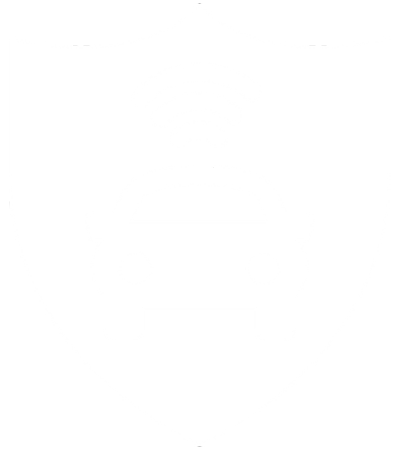From natural disasters to violence in schools, there are many potential threats to the safety of students and staff on school grounds. As threats to school safety become more prevalent, school administrators are looking for effective solutions to help improve the safety of their students and staff.
But with so many robust options on the market, deciding on what fits your school’s environment can be challenging. From surveillance cameras with AI-powered license plate recognition technology to an easy-to-use school emergency attendance app, there are many ways to improve communication and visibility in your school.
In this article, we will dive into the traditional measures of school safety as well as more modern K-12 campus operations and safety solutions that can help not only improve your school’s safety but can increase visibility, no matter the size of your campus.
K-12 Safety Priorities Broken Down

As school leaders, you have an endless list of priorities. There are many aspects of the K-12 campus that are still very manual and prone to safety risks. But we can all agree: the highest priority is to create safe learning environments for students. All schools should have at minimum the following baseline or traditional measures.
- Physical security:
The backbone of any school safety plan are the physical elements on campus. This can include (but is not limited to):
- Locked doors
- Monitored entrances
- Security personnel
- Access control
- Intercom systems
- Surveillance cameras
- Alarms
- Metal framed fire-rated doors
- Metal detectors
Implementing each of these systems lays the foundation for a more secure campus.
- Basic emergency preparedness and emergency management:
Complex emergency responses are difficult to implement and maintain. Complicated processes require training (and retraining), as well as regular upkeep due to staff turnover, rotating teachers and substitutes, and students rotating from class to class. Instead, it’s recommended to opt for simple, trainable, and predictable classroom actions as the basis for an effective school response plan when an emergency arises.
It’s no secret that in an emergency, every second matters. A proactive emergency attendance solution allows any staff member to create an emergency alert from their phone, thanks to SchoolPass’s easy-to-use panic button app, staff are empowered with tools that not only proactively identify risks but allow them to respond to emergencies faster.
- Effective communications for your buildings and campus:
Effective communication is crucial for school operations. Basic functions typically include an audible PA system as well as an intercom system with two-way functionality in all instructional spaces.
While these are deemed the minimum requirements for communication on campus, there are other more modern options out there, like implementing a modern emergency attendance and an app-based alert system. Adopting an emergency management solution gives schools real-time campus visibility during an emergency where they can have real-time insight into who is currently on your campus, including students, staff, visitors, and parents.
A solution like this can be used throughout the school day–regardless of whether it is a drill, a real emergency, or just normal day-to-day operations.
Take your school’s security another step further
In collaboration with schools, SchoolPass helps leaders focus on exception detection and prevention using what we call “Movement Automation.” At a high level, this means detecting exceptions by screening and managing people who come on campus, in addition to tracking vehicle movement on campuses using automation. Why is this important? The goal is to prevent emergencies before they happen.
Campus Movement Automation (CMA) Explained
Here is a high-level view of the scope of Campus Movement Automation and what it means.
- Parent Engagement: In this model, parents play an incredibly important role. They are the ones managing attendance changes, and communicating with the school if there’s another guardian involved in the student’s day.
- Transportation Plan: This is how students arrive and depart your campus, for both morning arrival and dismissal. It includes bus ridership and both drop-off and pick-up in the carline.
- Campus Perimeter: This makes up traffic coming on and off of your campus, including foot traffic.
- Buildings: Think visitor management, dismissal management, drills, emergency management, and reunification.
- Classes and Rooms: Includes attendance in your classrooms, hall passes for students, and room check-in/out processes.
- After-school Activities and Events: This consists of student rosters, check-in/out for activities, parent/guardian alerts when a student is participating in an after-school activity, and authorization for said activity by parents or guardians.
K-12 School Safety Strategies: Recommendations For A Typical Campus
Starting with thinking about campus perimeter monitoring. This is where you have the most time to respond to a threat–whether it is people or vehicular. Consider implementing the following in your safety and security plan:
- Integrating perimeter security systems like security cameras, license plate recognition cameras, access control systems, and intruder detection systems can all help make schools more secure. Take it a step further by using a tool like automated license plate recognition cameras to get real-time awareness of every vehicle coming on your campus.
- Next, focus on your school’s building entry and exit. Are you screening and managing entry and exit of your building, including visitors, parents, students and staff? This is where a purpose-built student and visitor management system is vital. A tool like this allows you to screen visitors, check-in staff, and manage student attendance. The SchoolPass system includes instant visitor background checks, and can be connected to your student information system, so it can be used for day-level attendance as well as comprehensive visitor management.
- Lastly, take a look at room presence, including classroom attendance automation, hall passes, nurse visits, and activities or events. We suggest replacing outdated processes like manual attendance and giving teachers more instructional time by implementing per-period automated attendance. Another solution that can be useful is automated hall passes from SchoolPass, which can enhance visibility and accountability for students outside the classroom. These tools are especially important because they give you the “last seen” status of all your students, which becomes particularly important during an emergency.
Modernize your school safety plan
By understanding where your school lands in terms of the elements of school safety we have discussed above, you can begin taking the necessary steps to develop a plan for improving your school’s security and safety by investing in automated solutions that are built for the modern K-12 school.
Connect with us to learn more about integrating an all-in-one modern platform at your school today.


